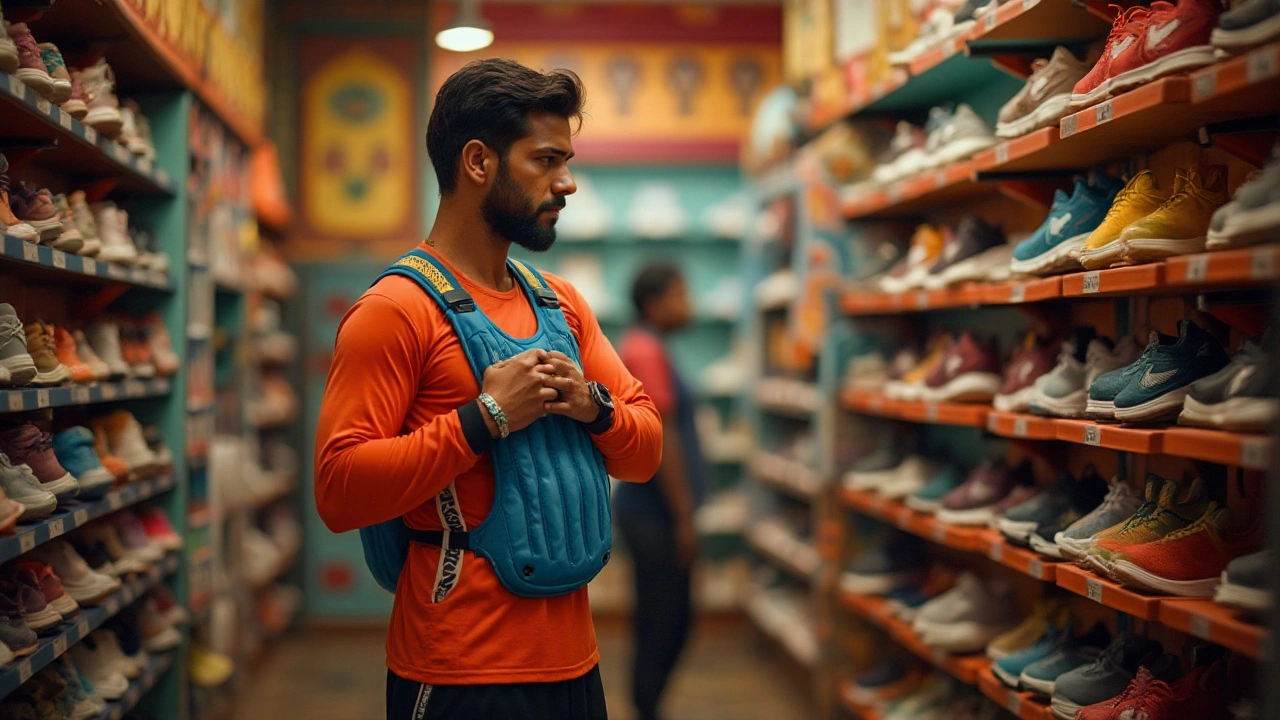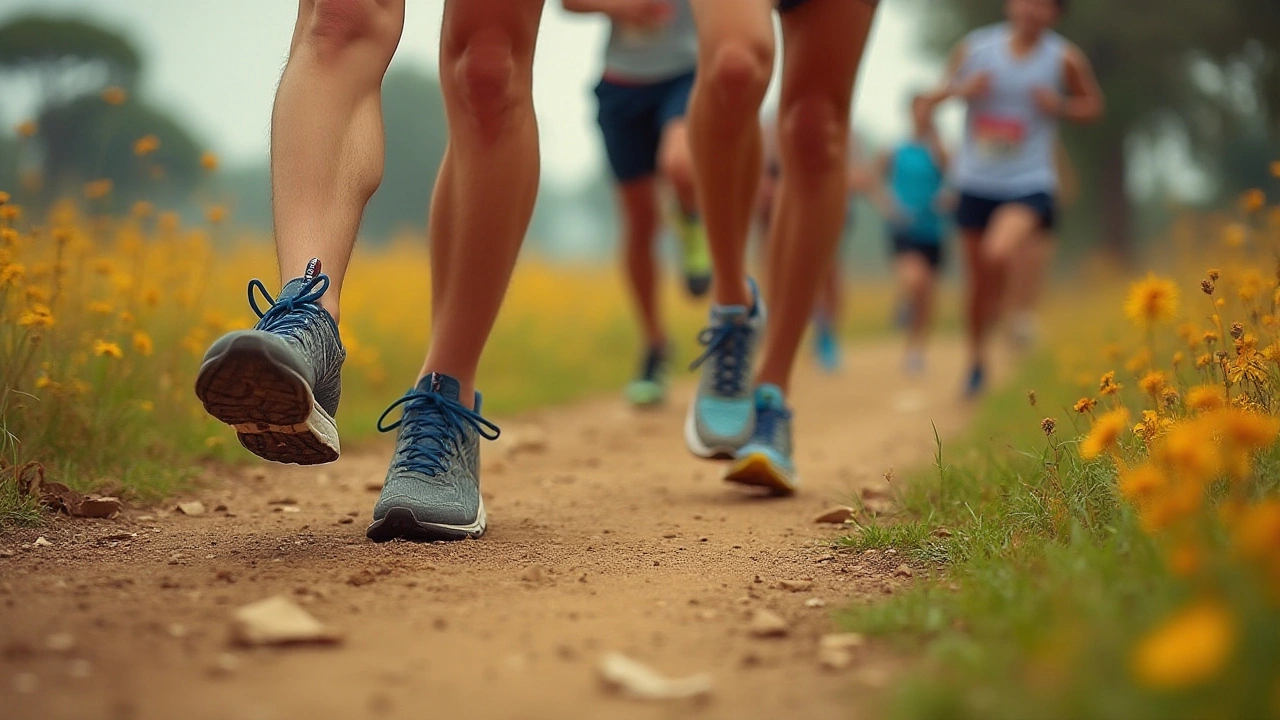Footwear Tips – How to Pick, Care for, and Save on Sports Shoes
Your feet do the heavy lifting, so the shoes you wear matter more than you think. Whether you’re hitting the road, the gym, or the court, a good pair can boost performance and keep injuries at bay. Below are easy, no‑fluff tips to help you choose, maintain, and stretch the life of your shoes.
How to Choose the Right Shoe for Your Sport
First, think about the activity. Running shoes are built for forward motion and shock absorption, while cross‑trainers need a flatter sole for side‑to‑side moves. Badminton shoes have a lightweight feel, and weight‑lifting shoes usually sport a solid heel. Matching the shoe to the sport saves you from buying a one‑size‑fits‑all that won’t perform.
Fit is king. Slip your foot in and lace up – there should be about a thumb’s width of space between your longest toe and the front edge. Walk around the store; if the heel lifts or you feel a pinch, walk away. Your foot swells during long sessions, so a snug but not tight fit is ideal.
Know your arch. If you pronate (your foot rolls inward) you’ll benefit from stability or motion‑control shoes. High arches need extra cushioning to reduce impact. Many brands label shoes as “neutral,” “stability,” or “motion control” – use those cues if you’re unsure.
Consider the surface you’ll use most. Trail shoes have deeper lugs for grip on dirt and rocks, while road shoes feature smoother soles for pavement. Using a road shoe on a trail will wear it out faster and give you less traction.
Price matters, but don’t chase the cheapest deal. A $150 pair that lasts 800 miles is cheaper than a $70 pair that needs replacing after 300 miles. Look for sales on last‑season models; they often have the same tech at a lower price.
Finally, test the shoes. Most stores let you jog a few minutes in place or run a short loop. Pay attention to how your foot lands, any wobble, and overall comfort. If you’re buying online, check the return policy – you can still try them at home.
Maintaining Your Shoes for Longevity
After you’ve picked the perfect pair, keep them in shape. Let them dry naturally; never toss them in the dryer. Moisture breaks down the foam and can cause odor. If they get muddy, brush off the excess and wipe with a damp cloth – avoid submerging them.
Store them right. Keep shoes in a cool, dry spot, preferably in a shoe rack or a breathable bag. Stacking many pairs compresses the midsoles and shortens life.
Rotate your sneakers. If you run three times a week, have at least two pairs and switch between them. This gives each pair time to air out and regain shape, extending usable miles.Watch the outsole wear. Once the tread pattern is smooth or you feel less grip, it’s time for a new pair. The midsole can also lose cushioning after about 300‑500 miles for most runners; if you notice harder landings, consider replacing.
Small fixes can add weeks to your shoes. Glue loose uppers, replace worn laces, and use a shoe‑stretch spray if the toe box feels tight after a few weeks.
In a nutshell, picking the right shoe, fitting it correctly, and caring for it daily will save you money and keep your feet happy. Treat your footwear like any piece of gear – a little care now prevents bigger problems later.


